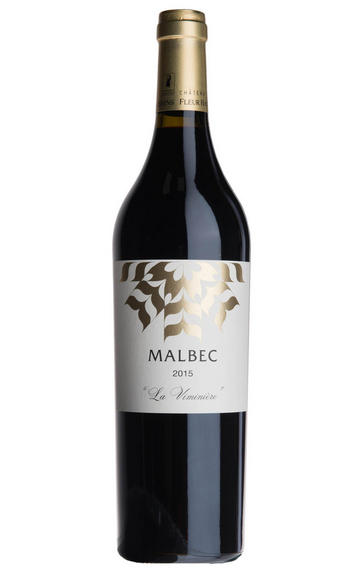
2015 La Viminière, Malbec, Ch. Fleur Haut Gaussens, Bordeaux
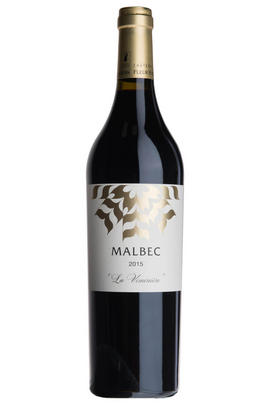
Critics reviews
Neal Martin - 29/09/2016
Harper's Choice, Harpers Wine & Spirits, 1st March 2017
About this WINE
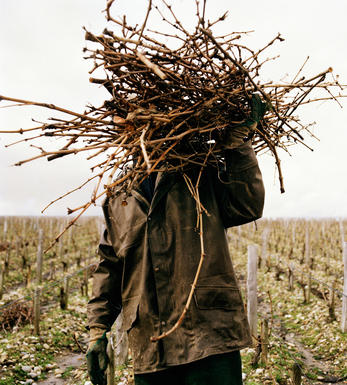
Ch. Fleur Haut Gaussens
Ch. Fleur Haut Gaussens, a 30-hectare property north of Fronsac on Bordeaux’s Right Bank, stands out for the quality and originality of its wines. The estate is situated on the beautiful hillsides around Vérac, overlooking Pomerol and Lalande de Pomerol. It has been owned by the Lhuillier family since 1941, who craft boutique wines that are full of personality. Quality and consistency are evident in their terroir-driven winemaking approach which combines tradition and modernism.
Fourth-generation Hervé Lhuillier is currently at the helm, owner and winemaker of this Bordeaux Supérieur property. He produces three cuvées: the classic Ch. Fleur Haut Gaussens is a typical Right Bank style Bordeaux blend, predominantly Merlot (with a proportion of Cabernet and Malbec which varies according to vintage). Alongside this, Hervé produces two more unusual, single-varietal bottlings: a Malbec (La Viminière) and a Cabernet Franc (La Bergeronette).
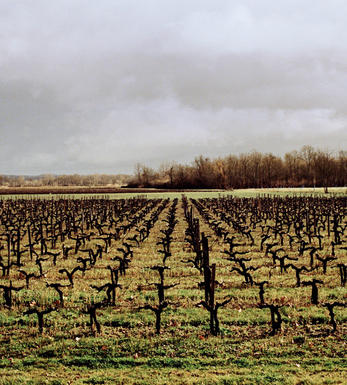
Bordeaux
Bordeaux remains the centre of the fine wine world. The maritime climate on the 45th parallel provides for temperate winters and long, warm summers, perfect conditions for growing grapes suited to the production of classically-constructed, long-lasting wines. This vast region of 120,000ha of vineyards (four times the size of Burgundy) is home to 10,000 wine producers and 57 different AOCs. Red now makes up 88 percent of Bordeaux wine, and is usually referred to as Claret. The origin of this name was to differentiate the lighter-coloured wines of the coastal region from the deeper "black" wines from up-country regions.
The Left Bank, comprising the wine regions of the Médoc, Pessac-Léognan and Graves are planted predominantly with Cabernet Sauvignon, which thrives on the gravelly soils left by the ancient course of the river. This is a thick-skinned variety which ripens late, producing powerful, tannic wines capable of long ageing. It is blended with Merlot, Cabernet Franc and sometimes Petit Verdot. The highlights of the Médoc are the four communes of St- Estèphe (blackcurrant concentration); classical, cedarwood and cigar-box Pauillac; richly-fruited St Julien; and elegant, fragrant Margaux.
On the Right Bank, most famously in St-Emilion and Pomerol, it is the fleshy Merlot grape which prevails, sometimes supported by Cabernet Franc. Here the soils are more mixed, with gravel and clay underpinning the rich, fruity wines of Pomerol. Styles vary more in St-Emilion, depending on the predominance of sand in the lower-lying slopes, or limestone on the hillsides and plateau.
By the 18th century, individual properties - known as châteaux, however humble - were becoming known for the quality of their wines and in 1855, those of the Médoc (plus Haut-Brion, a property commended by Samuel Pepys as early as 1663) were classified into five levels of classed growths. Lafite, Latour, Margaux and Haut Brion were cited as First Growths, to whose ranks Mouton Rothschild was elevated by presidential decree in 1973. Beneath the ranks of the classed growths lies a raft of fine châteaux known as Crus Bourgeois, while a host of less well-known "petits châteaux" still makes attractive, enjoyable Claret at affordable prices.
The other jewel in the Bordeaux crown is the district of Sauternes, making some of the most outstanding sweet white wines in the world (from the likes of Châteaux d'Yquem, Rieussec and Climens). The foggy autumn mornings along the banks of the Garonne River near Sauternes and neighbouring Barsac enable the noble rot, botrytis cinerea, to form on the skins of the grapes, which can still ripen in the afternoon sun as late as the end of October or early November. The Sémillon grape is the prime component, but Sauvignon Blanc and a little Muscadelle are also planted to provide insurance if the weather is less favourable to Sémillon, as well as offering a counterpoint in flavour.
There are many inexpensive dry white wines - more Sauvignon than Sémillon - from regions such as Entre-Deux-Mers and Graves, with just a handful of outstanding properties located in Pessac-Léognan. The most famous of the great dry whites hail from Châteaux Haut Brion, Laville Haut Brion and Domaine de Chevalier.
The finer wines of Bordeaux are sold en primeur in the late spring following the harvest, some two years before the wines are ready for physical delivery. The châteaux offer their wines through a system of Bordeaux négociants (brokers) who sell them on to importers round the world. Prices vary enormously from one vintage to another, dependent on perceived quality and world demand, which shows no signs of diminishing, especially for the great years.
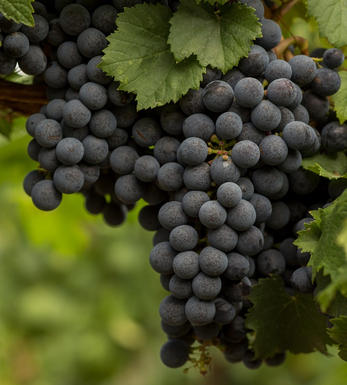
Malbec
Known as Auxerrois in Cahors, Cot in the Loire and Malbeck in Argentina, this grape has undergone a mini renaissance in the last decade, largely fuelled by its success in South America. It used to be a staple component of the Bordeaux Blend, but it never recovered fully from the 1956 frosts and its plantings there have fallen by 75% as growers have replaced it with more fashionable, and crucially, more durable grapes.
It is still grown successfully in South West France where its most famous wine is Cahors. This wine used to be black as coal and tough as leather but improvements in viticultural and vinification techniques have led to riper, softer, more approachable wines that are now amongst the best of the region.
In Argentina it is widely grown and produces deep coloured wines with generous black fruit characteristics, balanced acidity and smooth tannins. It is either bottled on its own or as part of a Bordeaux blend. In Chile it is the 3rd most widely planted grape after Pais and Cabernet Sauvignon and tends to produce firmer, more tannic wines than its Argentinian neighbours. In Chile it is often blended with Merlot and Petit Verdot.


Buying options
Add to wishlist
Description
It’s unusual to see a pure Malbec from Bordeaux; it has long been an unfashionable grape in the region, with its inclusion in blends – adding colour and structure – seen as a “dirty secret” by all too many châteaux. Luckily, the grape’s success elsewhere in the world is changing that, and this wine – made by the talented Hervé Lhuillier at Ch. Fleur Haut Gaussens – is proof of Malbec’s potential in the region.
The nose is pure and elegant with notes of blackberry, blueberry and a hint of smokiness. The wine opens up on the palate, becoming full and generous with ripe blackberry, blonde tobacco and peppery notes. An elegant tannic backbone carries through to a long and powerful finish. Drink now to 2025.
This estate is situated on the beautiful hillsides around Vérac, overlooking Pomerol and Lalande de Pomerol. It has been owned by the Lhuillier family since 1941, who craft boutique wines that are full of personality. Quality and consistency are evident in their terroir-driven winemaking approach which combines tradition and modernism.
wine at a glance
Delivery and quality guarantee